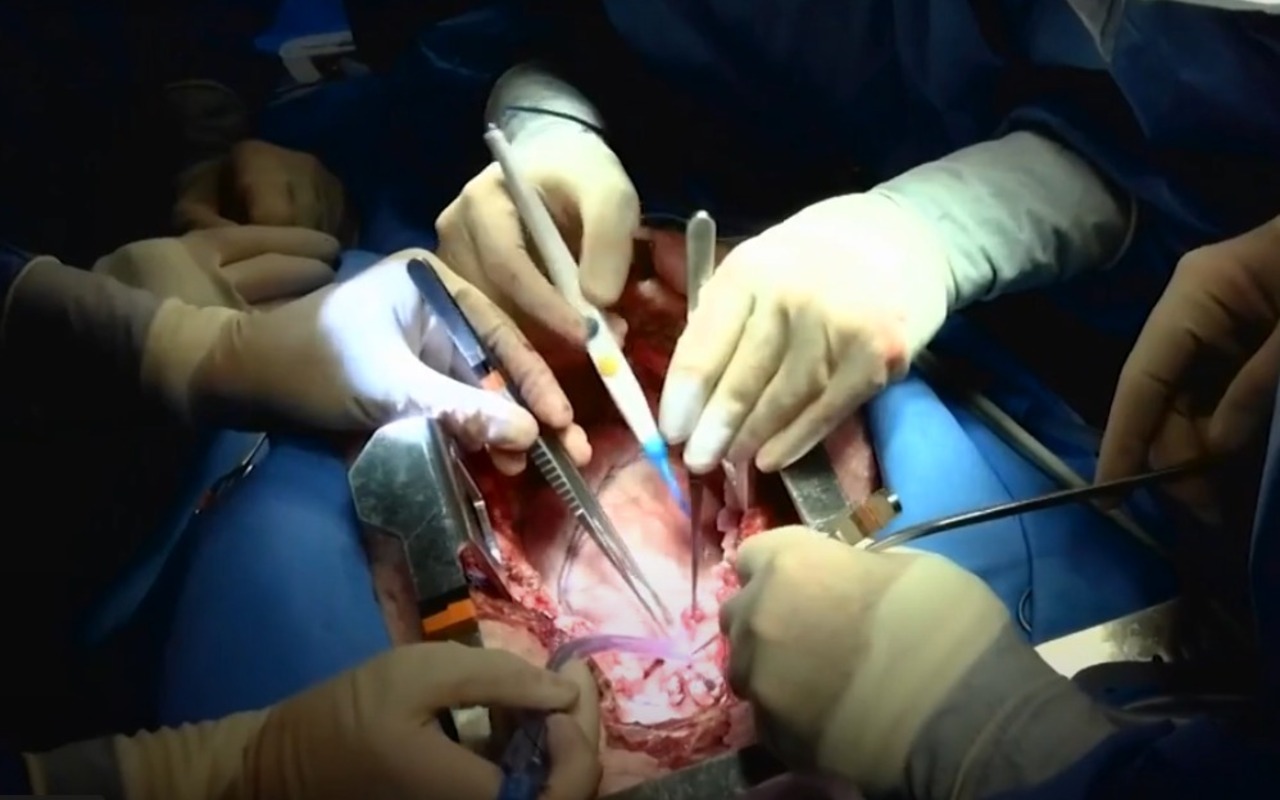
Scientists Restore a Brain After Death
Scientists restore brain functions in dead pigs using the BrainEx device. This breakthrough could redefine the boundaries between life and death.
Restoration of Post-Mortem Brain Activity: A Revolutionary Breakthrough
A team of scientists from Yale University has partially restored cellular functions in pig brains several hours after death using an innovative device called BrainEx. This breakthrough challenges traditional concepts of the boundaries between life and death and opens new perspectives for research into neurodegenerative diseases such as Alzheimer's.
The BrainEx Experiment
The researchers used pig brains obtained from slaughterhouses, which were connected to the BrainEx system four hours after the animals' death. This device pumps a specially formulated chemical solution that mimics blood flow, delivering oxygen and essential nutrients to preserve brain tissue. Over six hours of perfusion, signs of cellular activity were observed, such as oxygen and glucose consumption and the preservation of neuronal structures.
Medical and Ethical Implications
Although no coordinated electrical activity indicating consciousness was detected, the restoration of basic cellular functions suggests that the brain has a greater capacity for recovery than previously thought. This discovery could revolutionize the treatment of neurodegenerative diseases, allowing researchers to study the brain under realistic conditions and develop more effective therapies. However, it also raises ethical dilemmas regarding the definition of death and the limits of medical intervention.
Future Perspectives in Alzheimer’s Research
The ability to restore cellular functions in post-mortem brains provides a unique platform for studying diseases like Alzheimer’s. Understanding the mechanisms of degeneration and regeneration in a partially reactivated brain could lead to treatments that slow or even reverse the progression of these diseases. Additionally, this breakthrough could improve organ preservation techniques for transplants and open new avenues in experimental neuroscience.
Conclusion
The use of the BrainEx device to restore brain functions after death represents a milestone in medical science. While further research is needed to address scientific and ethical considerations, this breakthrough offers tangible hope for the future treatment of neurodegenerative diseases and redefines our understanding of the boundaries between life and death.











LEAVE A COMMENT:
Join the discussion! Leave a comment.